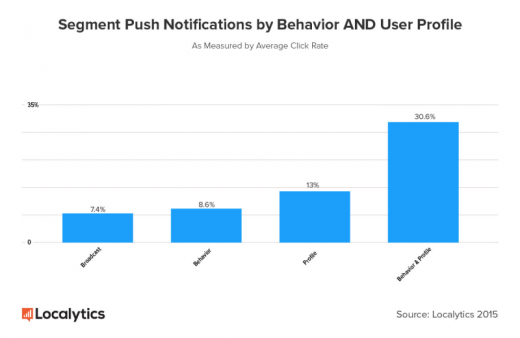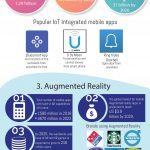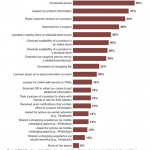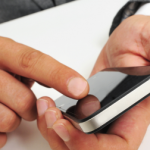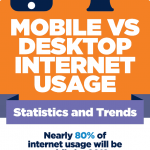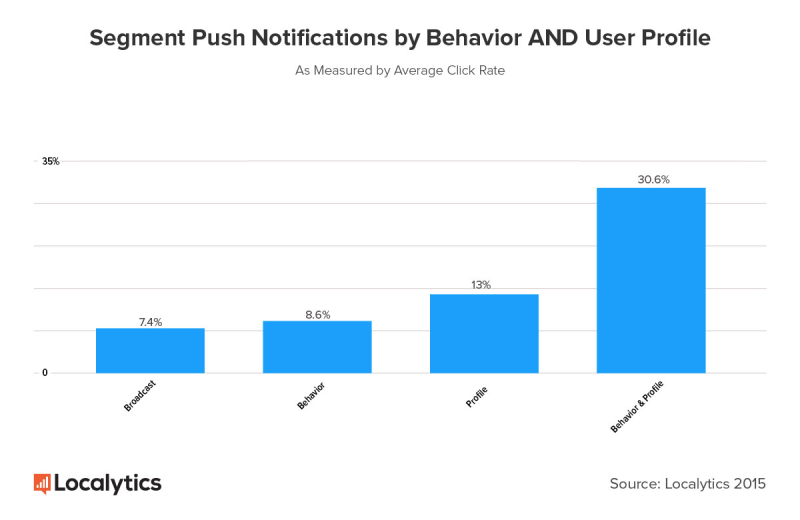5 damaging mobile engagement mistakes
Are we facing a mobile engagement crisis? Columnist Josh Todd discusses the bad habits that have contributed to the problem and how marketers can turn it around.
 A couple of weeks back, I sounded the alarm on what my colleagues and I are calling the “Mobile Engagement Crisis.” It’s an industrywide call to arms for marketers to reassess the way they think and act on their mobile strategies in the face of declining retention rates and fickle mobile users.
A couple of weeks back, I sounded the alarm on what my colleagues and I are calling the “Mobile Engagement Crisis.” It’s an industrywide call to arms for marketers to reassess the way they think and act on their mobile strategies in the face of declining retention rates and fickle mobile users.
I believe the need for action has come because we are fundamentally flawed in the way we are engaging with our mobile users, leading them to abandon apps after only a handful of uses. We’ve become stuck — comforted by the eponymous statement that “mobile is skyrocketing” — and have failed to capitalize on the things that made mobile great in the first place.
However, this didn’t happen overnight; here’s where many marketers have gone wrong:
You followed the wrong metrics
As marketers, when we sit in meetings with executives, they say the same thing over and over: Show me the data. And rightfully so. We know the best marketing efforts are tracked, analyzed, tweaked or even tossed out based on the results that they show.
However, the data that we have been leaning on is frequently from discrete campaign results that miss the true impact of a campaign’s broader implications.
While many campaigns can be successful in the short term (say, a high initial conversion rate, for example) doubling down on those actions can have unintended consequences on an even more important metric for mobile engagement, like lifetime value.
However, those short-term metrics are often the ones that shine in presentations, leading us to chase them with the hopes of getting a quick win. Instead, marketers should take a step back to try to better understand the ripple effects of an engagement campaign throughout the entire funnel.
You spammed your users
I stated in my last column that more than half of users view push notifications as an “annoying distraction.” What this means is that, without even meaning to, you’ve likely been spamming your users.
That’s bad news for marketers. Yes, it probably feels like every user needs to hear about a new deal or update, but in reality, you should be focusing on segmenting your audience to deliver your message to those who want or need it most.
Avoid thinking of push notifications as just another form of email, and instead, deliver personalized value in the context of the mobile experience. Not only will you avoid ticking your users off, but you’ll actually see significantly higher open rates — 8.6 percent for behavior-based personalization and 13 percent for profile-based personalization, compared with the “send to everyone” average of 7.4 percent.

Before sending a push notification, think about the audience and the behavior it best fits with and move forward accordingly. You’ll please your boss with better open rates and your customers with less “annoying distractions.”
You defied your customers’ trust with their personal data
Let me be clear: Users are Okay with you using their personal information, but only when you to use it to help create a personal and engaging experience for them. Our research shows that 54 percent of users want apps to always apply their stated preferences, and 36 percent want the app to know their location and factor that into content displayed in the app or marketing messages sent.
However, with that expectation comes great responsibility and a fine line between an awesome experience and straight-up creepiness. Many times, marketers have failed to toe that line and sometimes have straight up missed it all together — making users feel uncomfortable and losing their trust, sometimes indefinitely.
I won’t cite data with this point. However, I will say it’s important to put your users’ privacy front and center on any marketing campaign, no matter what the stakes. Remember, you’re building a relationship with people, and relationships take time and trust.
Don’t overstep your boundaries, and instead, take the necessary time and steps to get to know your users as they move through the life cycle from mobile user to loyal customer.
You stopped at the app
Apps are where your most loyal, and most valuable, customers interact with your brand. But remember, a user’s mobile experience now includes widgets, push notifications, email and remarketing — not to mention the tight connection with the mobile web at the top of the funnel.
Alarmingly, marketers haven’t been thinking as much as they should be about how to create valuable customer relationships out of these mobile engagement opportunities. Because of the focus on the wrong metrics, it’s been too easy to get caught in pushing the offer that converts the best.
A little thought and a lot of customer insight can rectify this. Remarketing is one great example of how marketers could better engage with mobile users — essentially you’re targeting customers outside of your app on popular social networks like Facebook, based on how they’ve engaged with your brand.
Just be sure to tap into data insights about your app users’ behaviors, interests and preferences to ensure your remarketing ad is relevant to what they want.
You didn’t treat your users like individuals
A recent study we conducted found that users hate it when they are delivered the same generic experience as the next person. Unfortunately, that’s exactly what many marketers have been doing for years. An overall marketing strategy is laid out — based loosely on marketing personas or something similar — and then broadcast across thousands of users indiscriminately.
App users are demanding more personalized app content and marketing messages, tailored to their specific behavior, location and intentions. That type of individual attention is no longer a “nice to have.” It’s time we built it into every single campaign.
So, we’ve gone wrong here and there. But who hasn’t? The good news is that there is an amazing number of new tools available at marketers’ fingertips — tools that are supported by the right data and capable of turning the engagement tides, even in the midst of a crisis.
It’s up to us to break out of the bad habits that I listed above and enter a new age of mobile engagement where we bring better, more personalized and more thoughtful mobile engagement to our users.
Some opinions expressed in this article may be those of a guest author and not necessarily Marketing Land. Staff authors are listed here.
(Some images used under license from Shutterstock.com.)
Marketing Land – Internet Marketing News, Strategies & Tips
(25)

